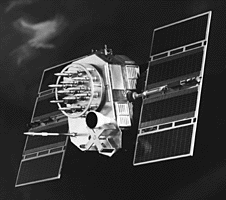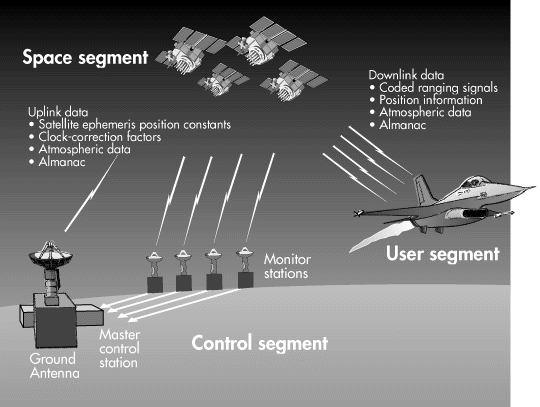GPS
What is it and how does it work?
The Global Positioning System, "GPS", is a satellite navigation system based on a constellation of 24 satellites which orbit the Earth every 12 hours. They are located 11,000 miles above Earth's surface. They've been refered to as "man-made-stars" to replace the stars that navigators traditionally used for finding their location.
This system cost the United States government over $12 billion to build and it was worth every penny. The GPS is an amazing tool and without it world-travel would be nearly impossible.

GPS works with the aid of three different segments: space , user and control. The space segment consists of the satellites, the user segments are the recievers here on the ground which can be hand held or in an aircraft for example, and the control segment is made up of five world wide stations that make sure the satellites are running correctly.
The basic idea behind GPS is knowing how far you are away from the satellites in space. For this the simple equation of velocity times travel time is used. This is done by timing how long it takes a radio signal to reach us from a satellite and then calculating the distance from that time. The space segments send radio signals to the user segments at the speed of light(186,000 miles/sec). The time it takes the signals to reach the recievers is measured by atomic clocks in the satellites. Once this time is determind it is multiplied by the speed of light to determine the distance the reciever is from the satellite. Three distances are needed to accurately varify any position on Earth.
from www..aero.org/publications/GPSPRIMER/

from www.aero.org/publications/GPSPRIMER/